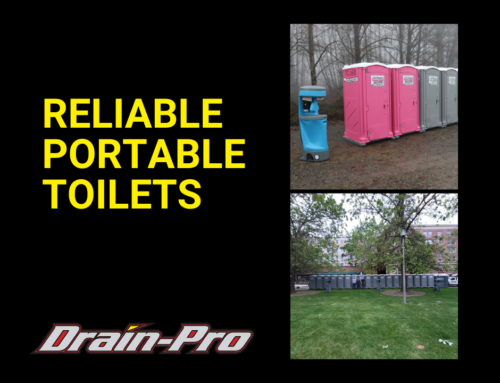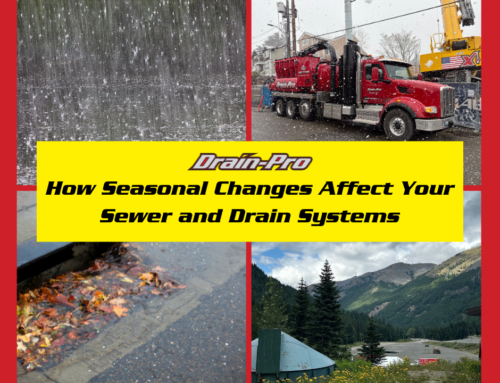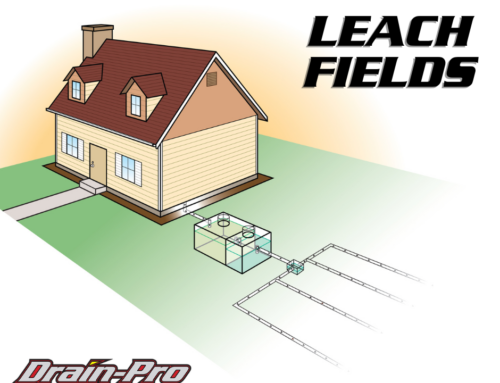We all felt the discomfort of the 100-plus degree heat recently. Grass dried. Plants were singed. We and our pets “melted.” The heat was, putting it mildly, uncomfortable.
In an effort to stay cool, we filled our small pools to cool off the kids, ourselves and our pets. We drank more water to stay healthy and hydrated. And, if we have AC, we likely stayed home and had more guests than usual at our homes utilizing our water and sewer systems.
So, it’s no surprise that those hot days take a toll on our water supply.
Where does our water come from?
Thinking about our water usage, makes us all consider where our water comes from and what, if anything, the recent heat wave means to our access to ample water supplies.
Our drinking water comes from lakes, rivers and groundwater that is fed from rainfall and snowpack. For most of us, the water then flows from intake points to a treatment plant, a storage tank, and then to our houses through various pipe systems.
During the recent heatwave in Washington, an estimated 2.9 feet of snow melted off Mt. Rainier over just the few extremely hot days that averaged roughly 60 degrees above normal temperatures. That’s a lot of the water supply we would normally see slowly enter our water systems – lakes, rivers and aquifers – over the course of the entire summer and early fall.
Like our customers, we are concerned about the impact of the heatwave across the Pacific Northwest region on our water supply and want to make sure we do all we can to support residents in boosting their water conservation efforts.
Simple steps to conserve water
At Drain-Pro, we not only take the health and maintenance of your septic system seriously, but we also take water conservation seriously. Here are some basic tips to get residents started:
- Fix those dripping faucets. While one drip at a time seems like a small amount of water, it adds up over time.
- Turn the water off while brushing your teeth and doing the dishes. Leaving the water running while brushing your teeth can use as many as 5 gallons of water.
- Shorten that shower. A typical shower lasts more than 8 minutes and uses over 17 gallons of water, or roughly 2 gallons per minute. Just shaving one minute off every shower will equal big water savings.
- Fix leaking pipes. You know the ones — dripping slowly or patched regularly. A long-term fix can mean big-time water savings.
- Fill those washers and dishwashers. Run your appliances at full capacity to get the most out of every gallon of water.
On top of these simple suggestions, take a look at your appliances that use water and your shower heads and faucets and compare them with new models and fittings. As technology improves every year, so does the water efficiency of appliances and water fixtures for your home. It might be time to consider upgrades.
We are pleased to be part of communities that work together to ensure the health of our natural resources. Whether it’s water conservation or ensuring your septic tank is well maintained, all of us play a role in protecting our water resources. And, the good news is it doesn’t have to be painful or stressful to cut back on water usage during the summer months (and year-round).










